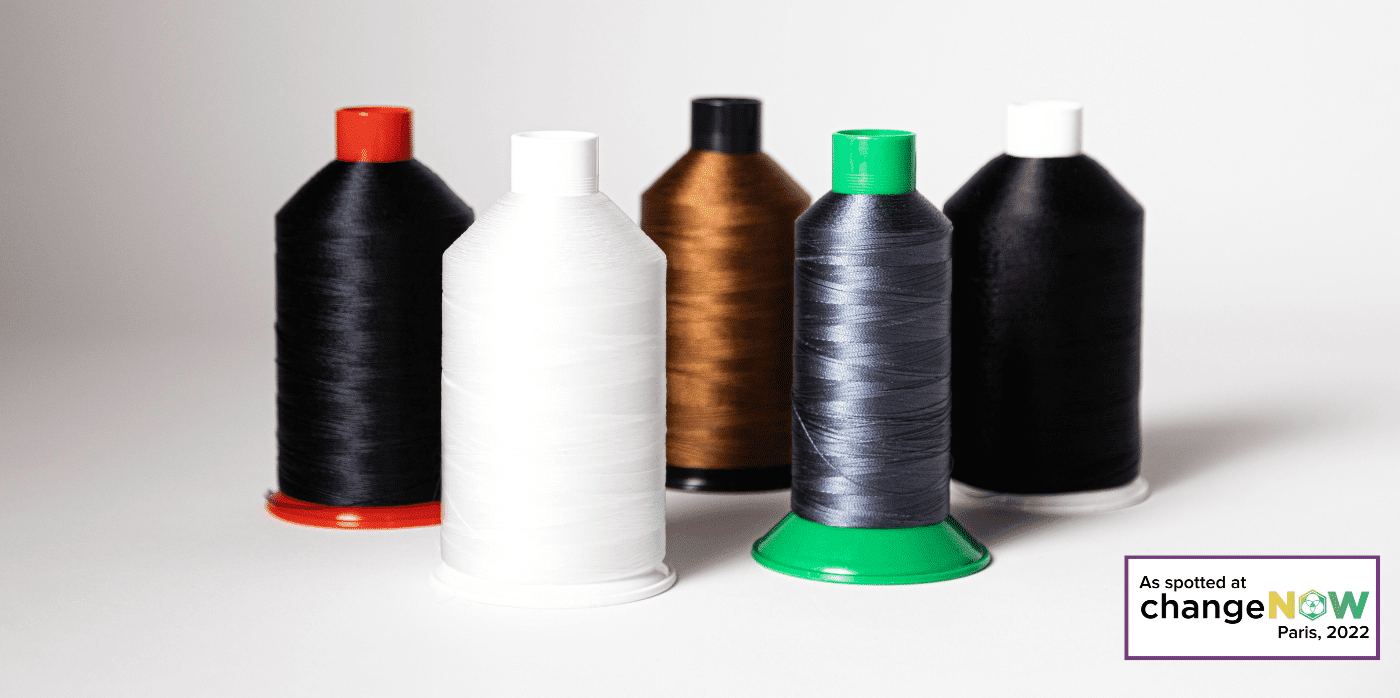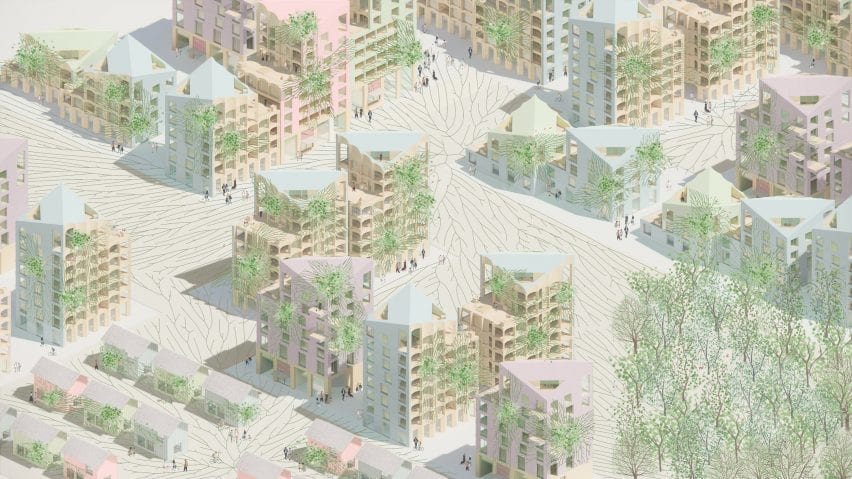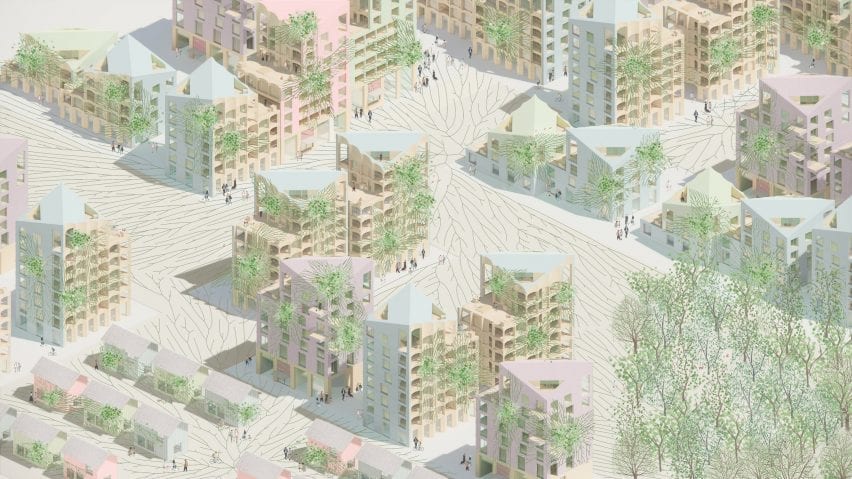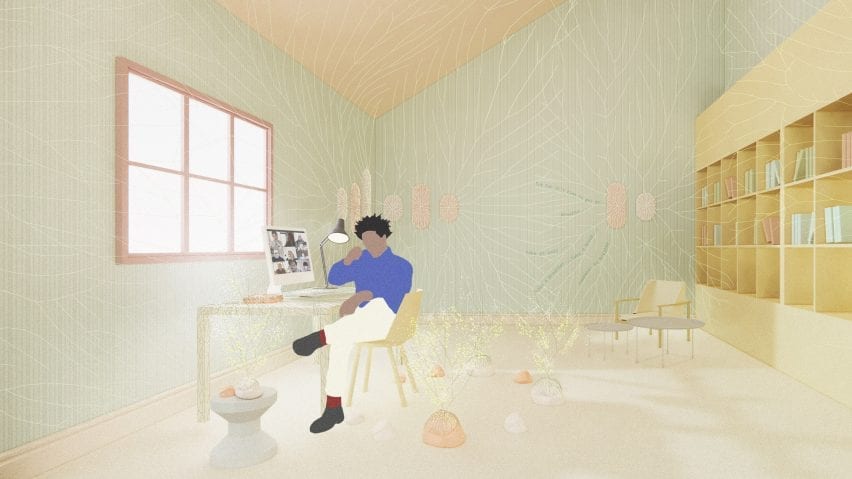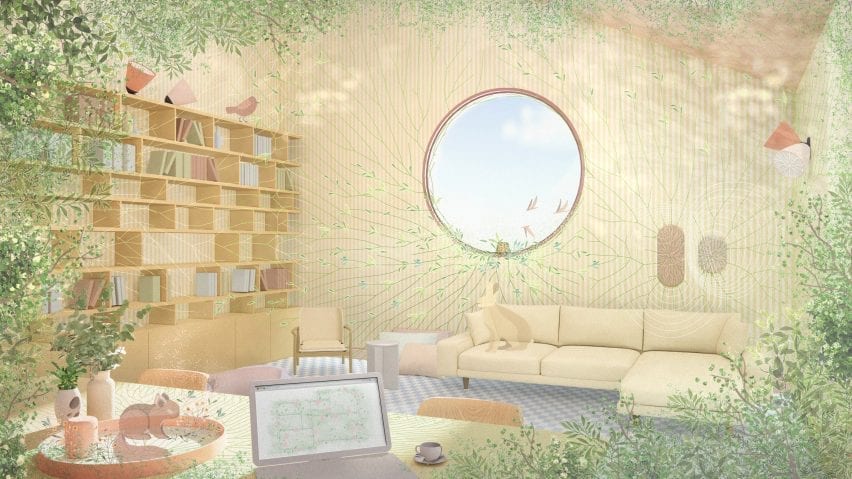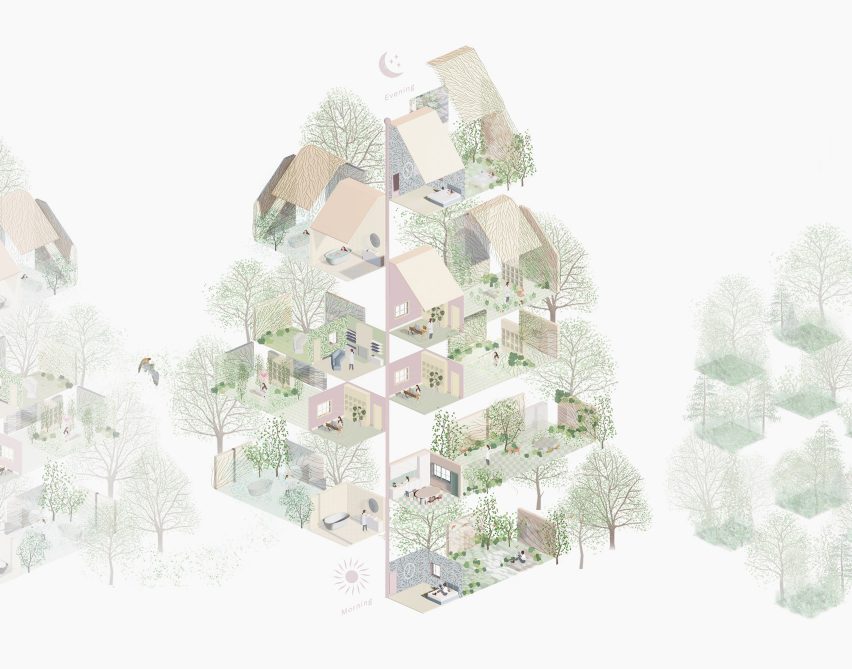Smart threads make it easy to disassemble and recycle clothes
Spotted: In the drive to become more sustainable, the fashion industry faces a number of serious challenges. One major issue is how to recycle clothing that is made from several different materials. Taking the clothes apart in order to recycle their constituent materials is costly and time-consuming, and often leads to a large loss of usable material. Now, startup Resortecs has an innovative solution.
The company has designed ‘Smart Stitch’ threads that dissolve at different temperatures – either 150, 170, or 200 degrees Celsius. This makes it possible to disassemble garments in stages.
In addition to producing the threads, Resortecs has also developed a low-emission thermal disassembly system. Designed for recyclers, this system allows up to 500 kilogrammes of garments to be dismantled at one time.
By combining the threads with the thermal disassembly system, it is possible to recover up to 90 per cent of a garment’s fabric.
The benefits of this circular system could be extensive. In the fashion industry, around 50 per cent of carbon emissions and 75 per cent of water use occurs during the production and material processing stage. By making it easier to recycle, Resortec could reduce the amount of new material needed, leading to big savings in both carbon and water.
And there are also economic benefits to Resortec’s approach. The company claims its threads and disassembly system can deliver a saving of around €0.50 for each pair of jeans.
Springwise has spotted innovators taking a range of approaches to fashion sustainability, from the use of more sustainable materials to resale options for high-end items and closed-loop production methods.
Written By: Lisa Magloff
5th May 2022
Website: resortecs.com
Contact: resortecs.com/contact

